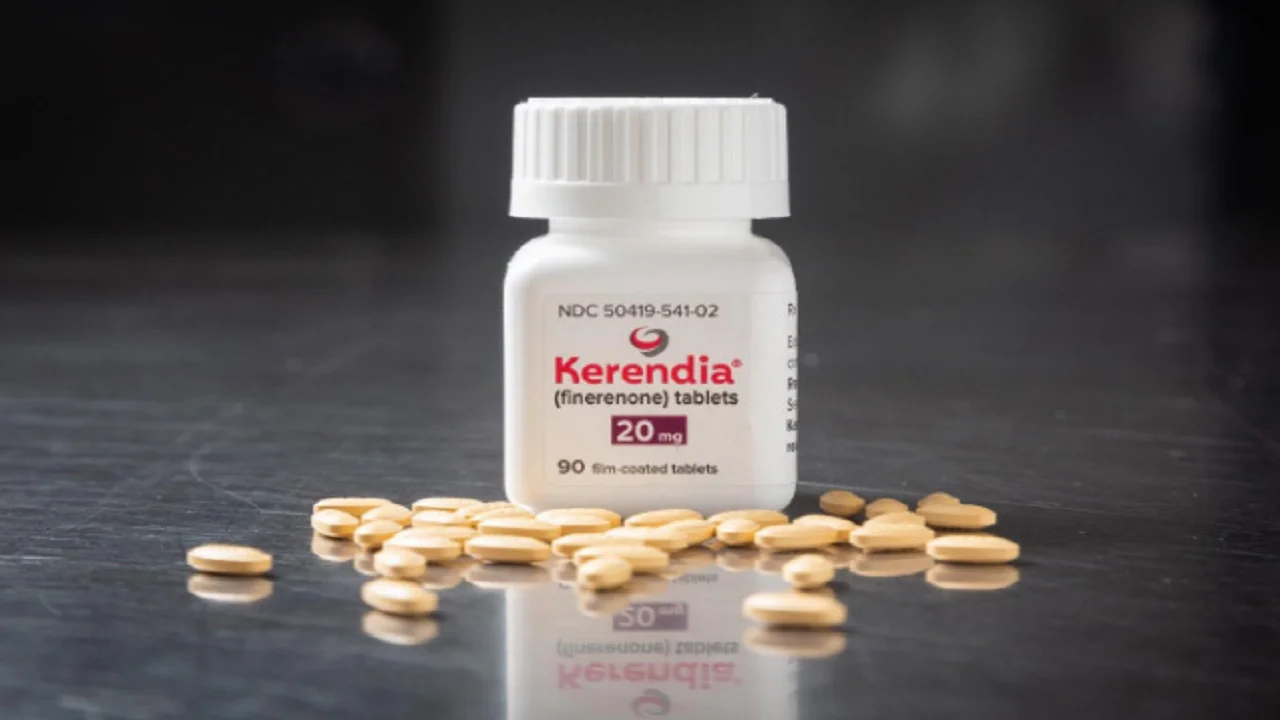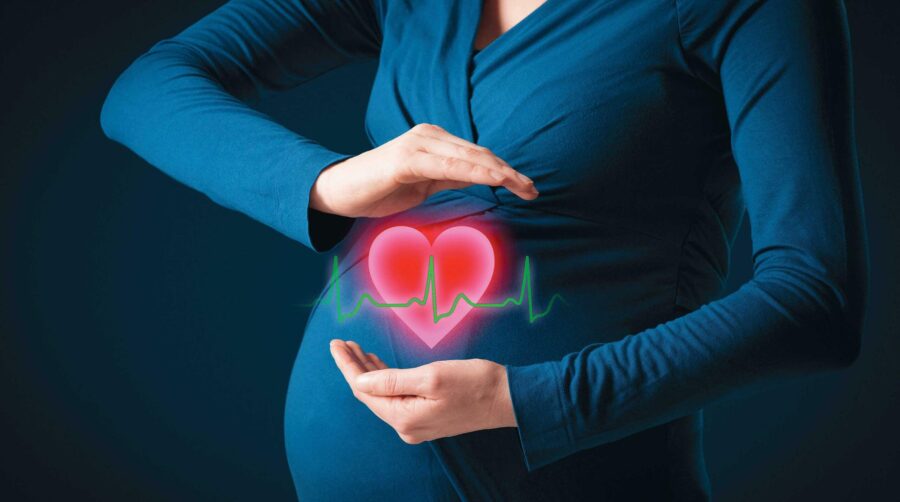
Mitral Regurgitation: A Clinical Update
A. Physical Findings
(i) Arterial pulse
Pulse is normal in mild MR, however moderate to severe MR causes mini collapsing pulse defined as normal volume, quick rising, low amplitude and poor sustained pulse(jerky pulse with decreased pulse volume)
(ii) JVP
Normal unless right heart failure which occurs very late in isolated MR and denotes severe disease or associated mitral stenosis.
B. Cardiovascular Examination
(i) Inspection and Palpation
- Severe MR usually produces downward and outward apex (cardiomegaly)
- A heaving apex usually denotes associated LV dysfunction.
- Systolic thrill can be present(though less common than a diastolic thrill in mitral stenosis as the jet is directed posteriorly)
- LV S3 can be appreciated as an early outward diastolic impulse with breath held in end expiration.
- Palpable S4 is never found in chronic MR due to a large complaint left atrium however in acute MR LV S4 can be present
- A severe MR without PAH produces squid effect—> late systolic lift which is diffuse, brief in duration and ill sustained which is asynchronous with apical impulse.
- A sustained right parasternal heave usually denotes combined MS and MR.
(ii) Auscultation
(i) First Heart sound
- Rheumatic MR usually produces a soft S1 which may be masked by PSM
- Causes of loud S1 includes tachycardia, associated MS, mitral valve prolapse and acute rheumatic valvultis.
| Rheumatic MR | MVP MR |
| Soft S1 | Normal to loud S1 |
| No clicks | Mid systolic click |
| pansystolic murmur | Late systolic murmur |
| usually radiates to axilla as commonly anterior leaflet involved | usually radiates to base as commonly posterior leaflet involved. |
| Post PVC, no change in murmur | Post PVC, murmur shortens in duration |
| On standing no change in murmur | On standing, murmur increase in duration |
(ii) Second heart sound
- A severe MR causes a wide and variable split due to early closure of aortic valve.
- Associated RV failure increases duration of split in which case it becomes fixed
- Causes of loud P2 includes PAH and abnormal anterior displacement of pulmonary artery as a consequence of dilated left atrium.
(iii) Third/Fourth heart sound/other sounds
- Presence of LV S3 indicates a severe mitral regurgitation due to large regurgitant fraction or associated LV dysfunction.
- However presence of S3 excludes mitral stenosis of more than insignificant degree.
- Opening sound may occasionally be present and denotes thickened stiff diastolic mitral leaflet.
(iv) Murmurs of Mitral regurgitation
- Most common is holo or pansystolic murmur which is similar in intensity throughout and no beat to beat variation(following a PVC opposing effects of a hyperdynamic contraction, which should favour forward flow and a higher systolic pressure, which should augment regurgitant flow, might result in a little net change in regurgitant murmur)(vs papillary muscle dysfunction murmur which decreases after a PVC beat and MVP murmur which shortens after a PVC beat)
- Mild degree of MR are associated with high pitched murmur, however a substantial MR produces mixed frequencies(large gradient and high flow) which is whirring and musical—-> can be taken as a severity indicator
- Though best heard at apex, rheumatic MR is well radiated to axilla and if left atrium is large can be even heard at thoracic vertebral column.
- Usually increases in end expiration, left lateral decubitus and factors increasing SVR like hand gripping and phenylephrine.
- Murmur of mitral valve prolapse increases in duration on standing(small left ventricle and early prolapse) and during strain phase of valsalva(same mechanism).
- Associated conditions that may decrease intensity of MR murmur
| CCF/LV dysfunction |
| Low CO states |
| Associated mitral stenosis |
| Paraprosthetic valvular regurgitation |
| Acute coronary syndrome |
| Huge left atrium |
| Large RV |
| Obesity |
| COPD |
| Thick muscular chest |
| Trivial MR |
(v) Variants of MR murmur
- Most common is mid to late systolic accentuation
- More severe MR produces a mid systolic accentuation
- Least common variant is tapering/decreasing intensity in systole seen in
| Mild/trivial degree of MR |
| Recent/acute onset MR |
| Severe MR with relatively small LA |
| Large LV with foreshortened chordae |
| Improved MV coaptation from decreased LV cavity size in systole |

(vi)Mid diastolic murmur
A mid diastolic, low pitched, short rumble which ends well before S1 and does not go to late diastole is an indicator of severity in severe mitral regurgitation(in absence of any mitral stenosis)
(vii)MR secondary to papillary muscle dysfunction
| Due to ischemic heart disease, LV dilatation, cardiomyopathy, HCM, carcinoid heart disease, vasculitis, endocarditis, myocarditis etc. |
| Murmurs can be late systolic (most common), holosystolic with late systolic peaking or early systolic murmur |
| Arterial impulse and JVP usually normal |
| As mostly associated with LV dysfunction apex is sustained with LV heave |
| Bifid or double apical impulse is usually present with ectopic LV impulse |
| Late parasternal lift is present |
| Both palpable S3 and S4 present |
| S1 usually soft(can be normal or increased) |
| S2 usually unremarkable( wide if severe MR and paradoxical with LV dysfunction) |
| In PMD, relationship betwen murmur intensity and severity of MR is poor |
| During PVC murmur intensity increases and softens in post PVC beat |
(viii) MR secondary to chordal rupture
| Causes are idiopathic(spontaneous), endocarditis, blunt chest trauma, floppy valve syndrome, marfans syndrome, previous MI, acute MI, rheumatic mitral valvulitis. |
| Apex is shifted only outward and hyperdynamic with no prior heart disease , however with preexisting heart disease LV enlargement can occur |
| Both palpable S3 and S4 are present |
| Apical thrill is common |
| Because of posterior leaflet hooding to medial left atrial wall/LVOT causing eccentric jet, thrill/murmur may radiate to 2nd/3rd LICS(more common) |
| Rarely, with anterior leaflet involvement jet can propagate posterolaterlly and murmur can be heard at apex/left posterior thorax. |
| Peak murmur intensity occurs in mid-systole causing cresendo-decresendo murmur |
(ix) In a nut shell, assessors of severity in MR includes-
| Atrial fibrillation |
| Sharp carotid upstroke |
| Cardiomegaly |
| LVS3 |
| Mid-diastolic murmur at apex |
| Wide split |
| Late parasternal lift |
| Rarely, a loud intensity murmur of musical quality may indicate severe MR |
(x)In patients with mixed rheumatic mitral valve disease, careful auscultation may help to find the predominant lesion. A loud S1, a prominent OS with a short A2-OS interval and a short systolic murmur favour predominant MS, whereas an S3 and soft S1 favour predominant MR
| AF favours mitral stenosis as predominant lesion |
| Pulmonary symptoms goes for predominant stenosis where as easy fatigability goes for MR as predominant lesion |
| Parasternal heave goes for MS as predominant lesion, however MR can have late end systolic parasternal lift |
| Prominent hyperdynamic apical impulse goes for MR as predominant lesion |
| Wide and variable split of S2 goes for MR as predominant lesion |
| Third heart sound goes for MR as predominant lesion |
| A loud apical pansystolic murmur tells that MR is hemodynamically significant if not severe |
| Long MDM with PSA does for MS as predominant lesion |
(xi) Acute vs Chronic MR
| Acute MR | Chronic MR |
| Symptoms always present and usually severe | May be asymptomatic till late phase |
| Cardiac palpation unremarkable | Displaced dynamic apical impulse |
| low volume thready pulse | normal/jerky pulse |
| JVP elevated a and v waves | usually normal |
| S1 usually soft | S1 soft/normal |
| S4 may be present | S4 absent |
| features of PAH may be present | Usually absent |
| early/late short cresendo decresendo systolic murmur | usually holosystolic murmur |
| ECG usually normal | LVH and AF common |
| CXR-no cardiomegaly, pulmonary edema present | Enlarged heart with normal lung fields |
| ECHO – normal LA/LV dimensions | Enlarged LA/LV |
References
- Braunwald’s Heart Disease: A textbook of Cardiovascular Medicine
- Alperts book on Valvular Heart disease
- Valvular heart disease: A Companion by Cathetrine Otto
- Essentials of cardiac physical diagnosis by Jonathan Abraham







